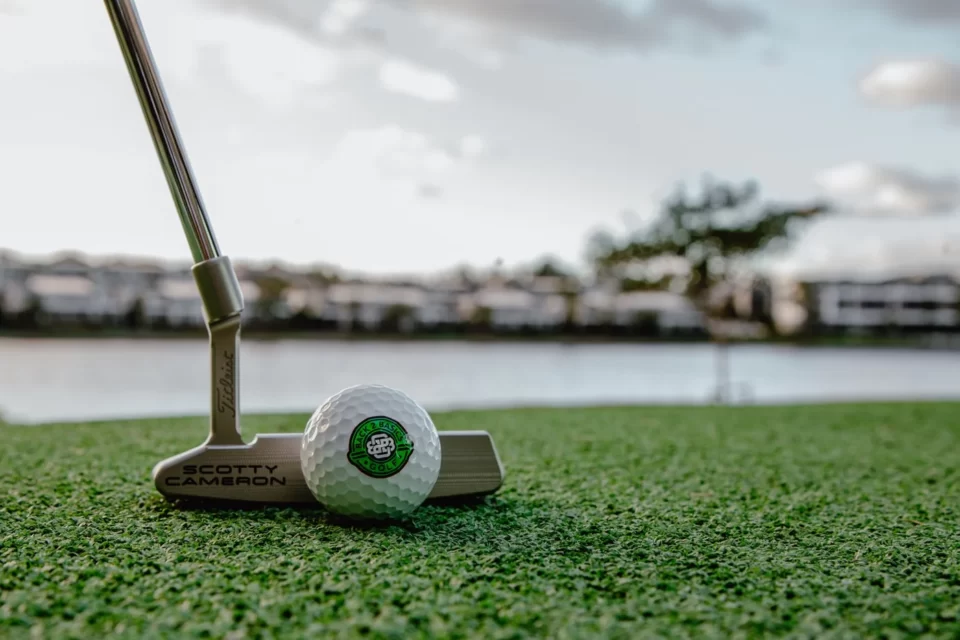Golf is one of the most popular sports in the world, with millions of people of all ages and abilities participating. The demand for golf balls is increasing steadily as more people are taking up golf as a recreational activity. According to market.us, Golf Ball Market was valued at USD 1,046.2 Million and is expected to reach USD 1357 Million by 2032 at a CAGR of 2.7%.
The golf ball, a small but essential piece of equipment that has undergone many changes over the years, is at the heart of this sport. In this blog post, we’ll look at the fascinating process of creating a golf ball.
The core is the first step in making a golf ball. The core is the golf ball’s innermost layer, and it is typically made of rubber. Depending on the desired performance characteristics of the ball, the rubber is mixed with other materials to create a soft or hardcore.
After the core is formed, it is wrapped in a thin rubber layer known as a mantle. The mantle contributes to the ball’s strength and stability, and it also influences the spin rate and trajectory.
The ball is then coated with urethane, a type of plastic commonly used in golf ball manufacturing. The urethane is applied as a liquid and allowed to dry, resulting in a thin, durable cover that protects the ball from damage.
Finally, the ball is printed with branding, logos, and other designs before being subjected to a thorough inspection to ensure that it meets quality standards.
While the process of creating a golf ball may appear straightforward, there are numerous factors that can influence the ball’s performance and characteristics. The hardness and composition of the core, for example, can influence the ball’s distance and spin, whereas the thickness and texture of the cover can influence its feel and durability.
Consistency is an important factor in golf ball manufacturing. To ensure that each ball is identical in size, weight, and performance characteristics, golf ball manufacturers must carefully control the manufacturing process. This is critical for golfers to be able to rely on the consistency of their equipment from shot to shot.
Golf ball technology has advanced significantly in recent years, with manufacturers using new materials and designs to create balls that are more forgiving, aerodynamic, and consistent than ever before. Some golf balls, for example, now have a dimple pattern to reduce air resistance and increase distance, while others have multi-layer designs for more precise control and a softer feel.
To summarise, the process of creating a golf ball is fascinating and complex, involving a wide variety of materials, techniques, and technologies. While golf ball technology has advanced significantly over the years, the goal has remained consistent: to develop a ball that is consistent, reliable, and capable of assisting golfers in achieving their best possible performance


